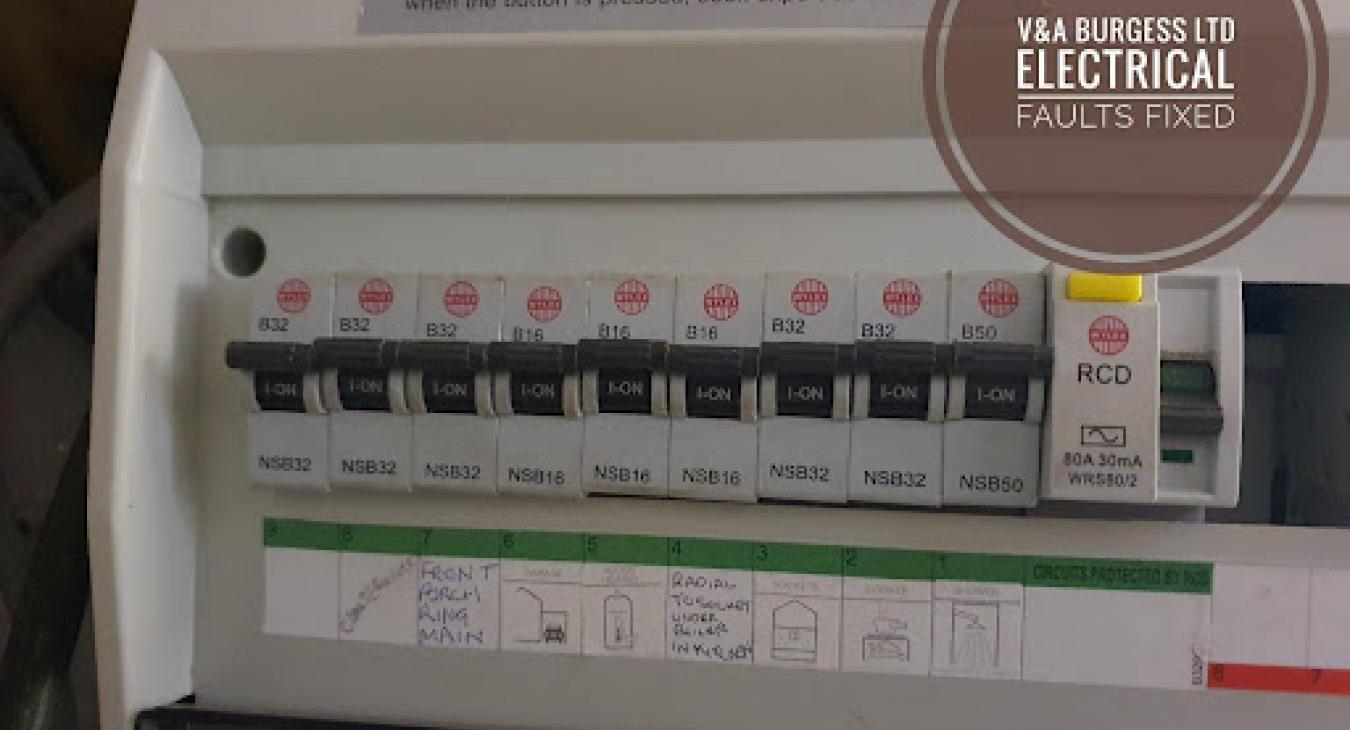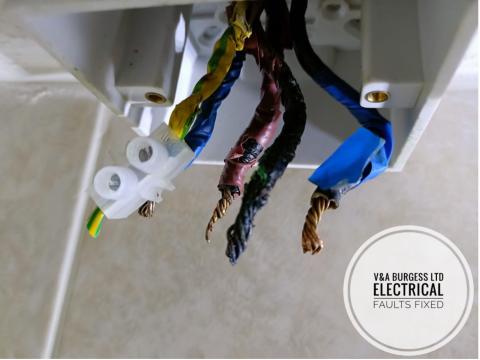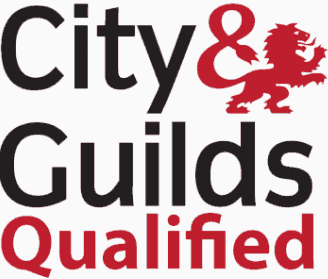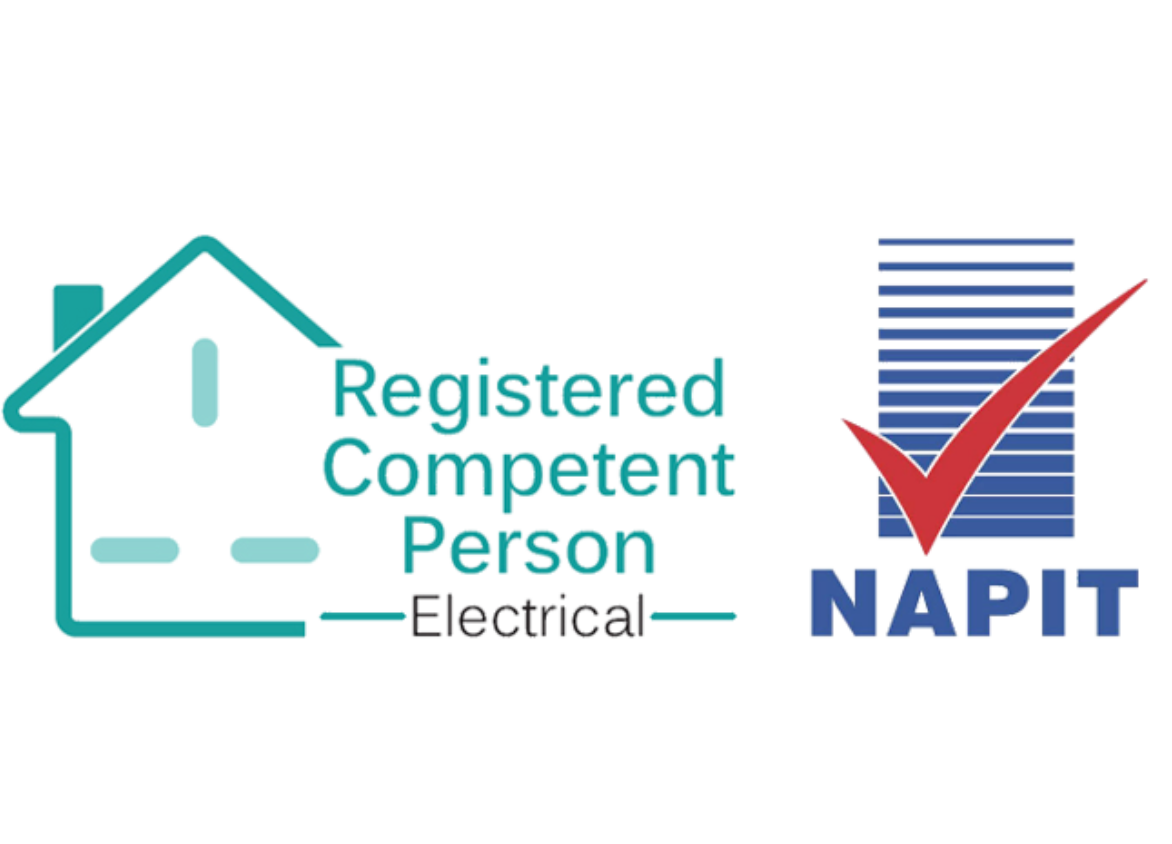
Table of Contents
- Electrical Safety Check List in Liverpool - What you need to know...
- Check the condition of electrical accessories:
- Check the condition of your appliances & plugs:
- Check the condition of extension leads:
- Check the condition of your fuse box:
- Check for combustible materials:
- Check that there are Earth wires to your pipes:
- Check if you have an RCD:
- Check that your metering equipment is accessible:
- Check flexible cables and their installed position:
- Check the smoke detectors:
- Consider an electrical safety check by a professional📋⚡
1) Electrical Safety Check List in Liverpool - What you need to know...
Electrical safety is one of the most important things to considering your home. Electrical systems can run smoothly without drama but when there are issues, things can go wrong and danger can present itself. In this blog we'll run through some of the things that you can do yourself to ensure that electrical safety is taken care of effectively in your home.
Back to top2) Check the condition of electrical accessories:
The first thing on the ELECTRICAL SAFETY CHECKLIST is to make sure that the electrical accessories in your home are in good condition. What are electrical accessories? Switches, sockets, and light fittings along with anything else permanently connected to the electrical supply. Check switches and socket for signs of damage. This can be actual mechanical damage or colour changes, cracking on the face or unsecured items that wobble. When a switch or socket becomes damaged it presents danger to the home and persons using the electrical system. Cracking on the front of an electrical accessory can indicate that connections and wiring behind are overheating and this is a real danger. Items that have been cracked through an impact also present a danger as they are now vulnerable and a further knock could expose live parts leading to electric shock.
Back to top3) Check the condition of your appliances & plugs:
Along with checking the condition of electrical accessories, you must occasionally check the condition of the electrical appliances in your home. Any smell of burning must be investigated, and damage to appliances should be repaired by a professional. Where wiring has been strained and now coloured insulation is on show outside of a plug top, this must be rectified. Check the plugs for signs of overheating such as melting, cracking, browning or colour change. Check the appliances themselves for signs of damage. Any damage to the case of an appliance could expose live parts and introduce an electric shock risk. Check the Electrical Safety-First website to see if your appliances are subject to a product recall.
Back to top4) Check the condition of extension leads:
Make sure that extension leads are in good condition. Ensure that there is no coloured insulation of the cable on show outside of the plug top or extension plug ends. Check the lead for signs of damage and discolouration. Ensure that you are not overloading the extension lead with too many appliances. You can do this by checking the rating of the appliances and adding them up to ensure you are not overloading the lead. Each extension lead will have a maximum amount of power that can be used before it becomes overloaded. Check the data badge on the product to find out what this is. Make sure if you are using an extension lead that it is fully unwound OR if intending to use the lead wound up then make sure that the rating is not exceeded. Coil type extension leads have different ratings depending on whether they are wound or unwound and this can vary drastically. Any extension leads are only intended for temporary supply to equipment and not permanent use so bear this in mind and decide if you may need extra sockets in the property instead of using extension leads.
Back to top5) Check the condition of your fuse box:
Your consumer unit or fuse box should be in good condition. The design of all the switches should match. Different manufacturers switches can be a danger when mixed together so ensure that all your switches have the same logo and design. If you are in doubt as to the safety of your fuse box or consumer unit then consult an electrician.
The fuse box or consumer unit should have no access to live parts, generally speaking, you should not be able to put your finger in to the consumer unit (don’t try it). If you see any holes in the consumer unit then please don’t insert anything in there, consult an electrician and ask them to come and inspect the unit for you. We can see from the picture that there is a hole in this consumer unit giving finger access to live parts. Children are especially inquisitive and likely to insert fingers into places that adults would not. Make sure to contact an electrician to make safe your consumer unit if you have holes in it. The consumer unit or fuse box should be correctly secured to the wall and not hanging off or loose. A loose unit is a danger and should be rectified by a professional. If your consumer unit or fuse box is showing signs of discolouration or melting then turn the power off and have it checked over as soon as possible.
6) Check for combustible materials:
Ensure that no combustible materials are stored next to the Fusebox or consumer unit. Make sure that any combustible materials are stored correctly in the right type of containers and that they are unlikely to spill.
Back to top7) Check that there are Earth wires to your pipes:
A lot of electrical installations require that the pipework in your home is connected to the earthing system, known as Equipotential Bonding. If you have not visible earth wire connecting the gas pipe and water pipe to your earthing then consult an electrician to check if it is needed. Not every home requires this and each case is different. Only an electrician can carry out the necessary testing to check the requirements for this but you can check visually to see if it’s in place.
Back to top8) Check if you have an RCD:
Check to see if you have one of the following. RCD, RCB, RCCB & RCBO. These devices are located in your consumer unit and are a form of electric shock protection. Most homes absolutely require one of these devices to be installed. If you do not have one then it’s a good idea to ask an electrician to upgrade your consumer unit or fuse box. If you do have one of these devices, it can be tested by pressing the TEST button. Only do this once every 6 months as excessive pressing of this button can cause the device to fail. If the device trips when the button is pressed then it is assumed to be working correctly. If the device does not trip when the button is pressed then it should be replaced. Contact your electrician to ask them to replace this device, test and certify the new one for you.
Back to top9) Check that your metering equipment is accessible:
Electrical equipment should not be covered with personal belongings. Electrical equipment can overheat if crowded with possessions. An electrician or electrical network person may need to access this equipment in an emergency and as such, the area should be kept clear with good access to it at all times. If any of the metering or incoming equipment appears damaged then consult an electrician for advice. If your meter appears damaged then contact your electricity supplier to ask their advice. If the incoming equipment (before the meter) appears damaged, is smoking or you suspect other issues then you can call 105 and ask advice. This puts you through to the local electricity network provider whom are responsible for this equipment.
Back to top10) Check flexible cables and their installed position:
Any flexible cables around the home should be checked to ensure that they are not likely to become damaged by the manner in which they are installed. Damage to flexible cables is common from furniture, foot traffic and other external influences. Ensure that any flexible cables in the kitchen are not likely to be damaged by the operation of doors and drawers. Gas hob appliances normally have an electrical supply via a flexible cable and this is often installed poorly causing drawers to close on the wiring. Check yours and make sure that the cable is not being damaged.
Back to top11) Check the smoke detectors:
Another item on the ELECTRICAL SAFETY CHECK LIST is the smoke detectors and carbon monoxide detectors. Each of these devices should have the batteries changed regularly and ensure that they are working according to the manufacturer’s instructions. Hard wired smoke detectors may need to be swapped occasionally and an electrician should be consulted for this. Check the test buttons on these devices to ensure that they operate as intended. Smoke and carbon monoxide detectors are life saving devices and should not be neglected.
Back to top12) Consider an electrical safety check by a professional📋⚡
There are some checks that cannot be carried out without the help of a professional. An in-depth electrical safety check takes around 3 to 5 hours and produces a lengthy report detailing any dangerous situation, non compliance's, or electrical issues that you need to be aware of. For more information on electrical safety checks follow this link - https://www.electricalfaultsfixed.co.uk/electrical-safety-checks-eicr
📞 01925 595 980 (Warrington)
📞 0151 351 4011 (Liverpool)
📧 Enquire online
💻 Visit our website
Back to top









